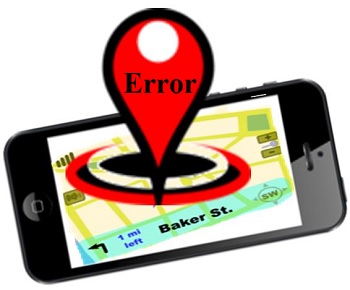Apple Maps stumbles again with reports of misplaced cities
Once more, the geography test appears to have been failed by the device manufacturer.
Geography was clearly not one of the best classes that Apple Maps took in elementary school, as it has yet again revealed that it has placed certain locations on the world map in the wrong spots.
The mapping service has been especially creative when it came to the placement of certain Canadian cities.
For example, at the moment Apple Maps has relocated the largest city in Canada, Toronto, to the place that actually belongs to the country’s capital, Ottawa. Ottawa has been moved to Toronto’s old location on the edge of Lake Ontario. Though this has caused some to chuckle and others to roll their eyes, when they already know that these positions are not where the cities belong, it does bring to mind some of the disasters that were caused by a previous version of the app that led certain people into rather dangerous and unfortunate circumstances while following their iPhone GPS directions.
Apple Maps has also changed the position of a number of other cities and has misspelled others.
 For instance, to continue with the examples on the Canadian map, the city of Edmonton was inaccurately placed to the west of Calgary, in the province Alberta. The apostrophe in the name of the city of St. John’s, the capital of Newfoundland, was missing.
For instance, to continue with the examples on the Canadian map, the city of Edmonton was inaccurately placed to the west of Calgary, in the province Alberta. The apostrophe in the name of the city of St. John’s, the capital of Newfoundland, was missing.
Since screen caps of these inaccurate maps from the mobile app started appearing on media sites across the internet, the offending maps have since been taken down. This was not before a new series of jabs have been made toward Apple, which now has a growing reputation for providing consumers with maps and directions that are riddled with errors.
These recent errors are, however, nowhere near the magnitude of the mistakes that were built into the original Apple Maps software that was launched in 2012 in order to replace Google Maps as the default service of that nature in iOS based devices. The problems were profound enough, at that time, that CEO Tim Cook rapidly found himself making an apology for the failures of the service and providing directions that would help the company’s mobile device users to be able to go back to using rival services.

